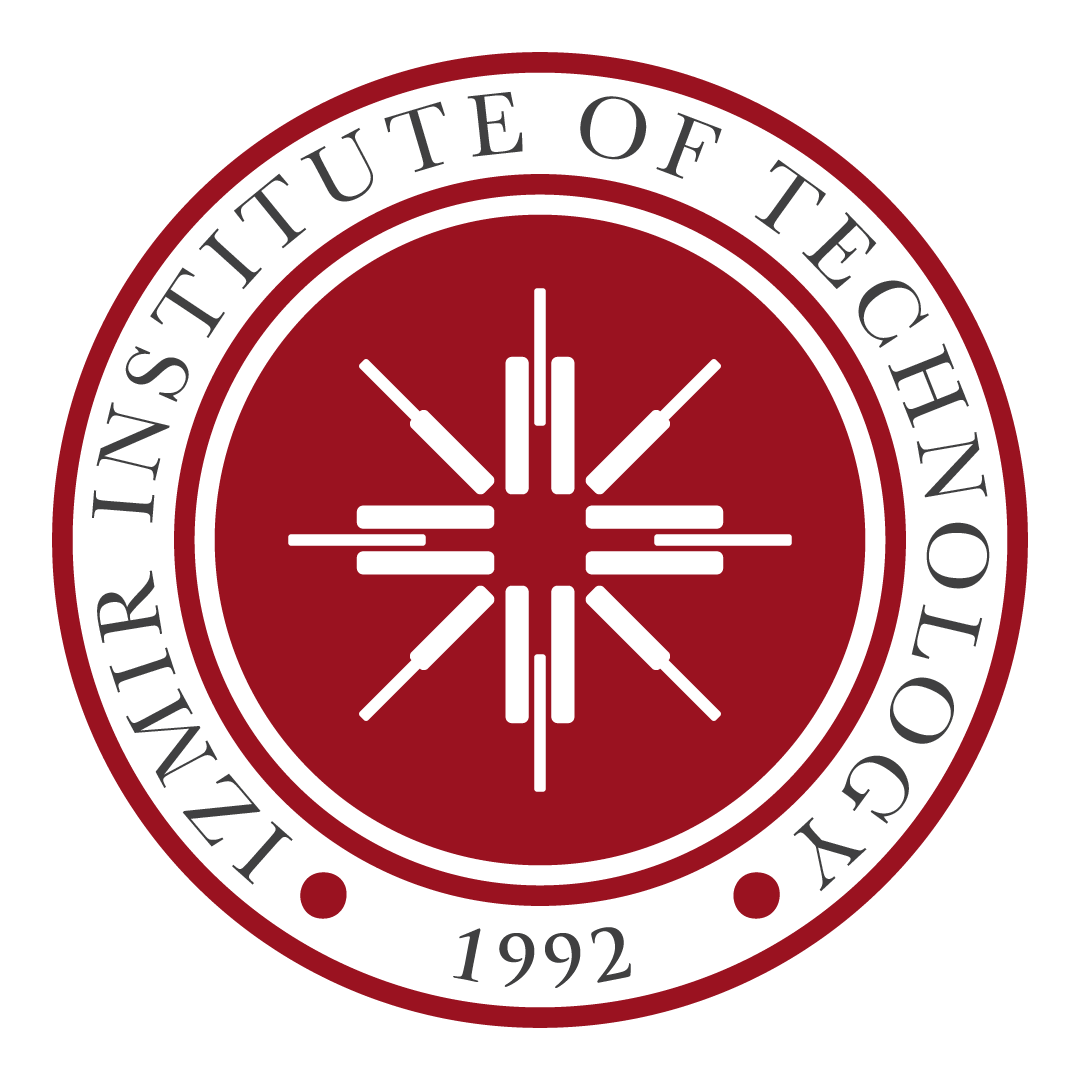Seminar by Dr. Sitar Kortik
-
Date & Time:
- November 2, 2017
- 14:00 to 15:00
-
Venue:
IZTECH Computer Engineering Dept. Gulbahce, Urla, Izmir
Dr. Sitar Kortik will give a seminar on “Linear Planning Logic And Linear Logic Graph Planner: Domain Independent Task Planners Based On Linear Logic”, on November 2nd, 2017, at 14:00, in the department meeting hall.
The abstract of the talk is as the following:
Linear Logic is a non-monotonic logic, with semantics that enforce single-use assumptions thereby allowing native and efficient encoding of domains with dynamic state. Robotic task planning is an important example for such domains, wherein both physical and informational components of a robot’s state exhibit non-monotonic properties. We introduce two novel and efficient theorem provers for automated construction of proofs for an exponential multiplicative fragment of linear logic to encode deterministic STRIPS planning problems in general. The first planner we introduce is Linear Planning Logic (LPL), which is based on the backchaining principle commonly used for constructing logic programming languages such as Prolog and Lolli, with a novel extension for LPL to handle program formulae with non-atomic conclusions. We demonstrate an experimental application of LPL in the context of a robotic task planner, implementing visually guided autonomous navigation for the RHex hexapod robot. The second planner we introduce is the Linear Logic Graph Planner (LinGraph), an automated planner for deterministic, concurrent domains, formulated as a graph- based theorem prover for a propositional fragment of intuitionistic linear logic. The new graph-based theorem prover we introduce in this context substantially improves planning performance by reducing proof permutations that are irrelevant to planning problems particularly in the presence of large numbers of objects and agents with identical properties (e.g. robots within a swarm, or parts in a large factory). We illustrate LinGraph’s application for planning the actions of robots within a concurrent manufacturing domain and provide comparisons with four existing automated planners, BlackBox, Symba-2, Metis and the Temporal Fast Downward (TFD), covering a wide range of state-of-the-art automated planning techniques and implementations that are well-known in the literature for their performance on various of problem types and domains. We show that even though LinGraph does not rely on any heuristics, it still outperforms these systems for concurrent domains with large numbers of identical objects and agents, finding feasible plans that they cannot identify. These gains persist even when existing methods on symmetry reduction and numerical fluents are used, with LinGraph capable of handling problems with thousands of objects. Following these results, we also formally show that plan construction with LinGraph is equivalent to multiset rewriting systems, establishing a formal relation between LinGraph and intuitionistic linear logic.


